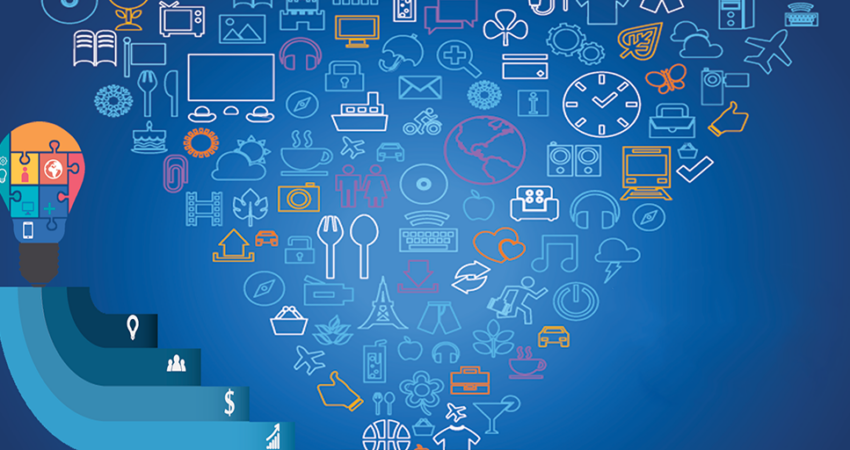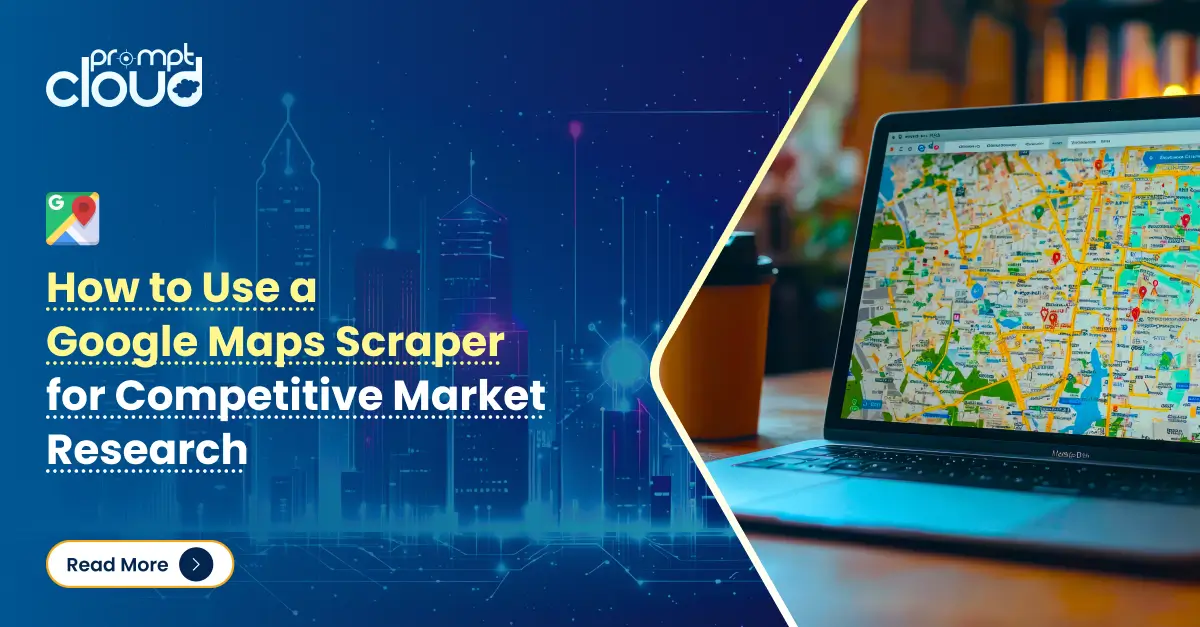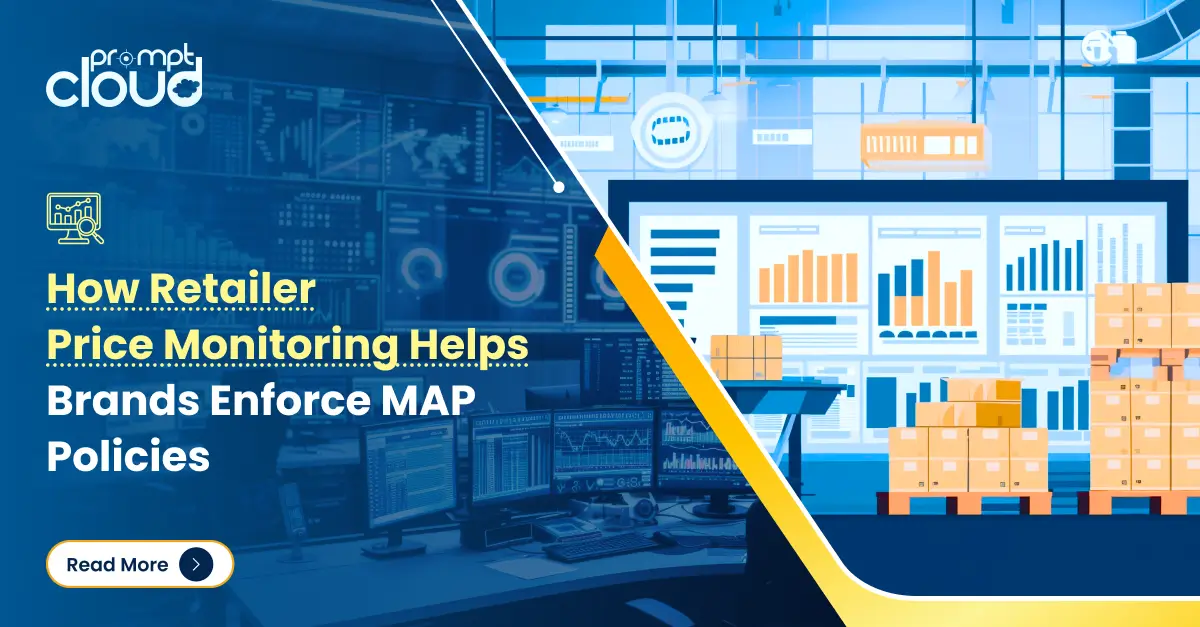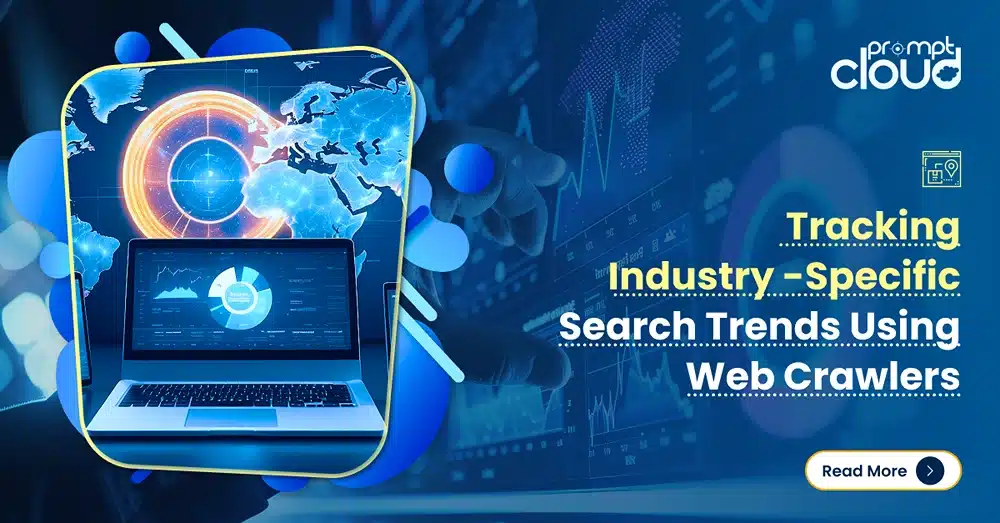
With the rise of big data, companies have been bombarded with more and more organizational data, mostly in the form of text. The best way to handle this data stream is text mining or textual analytics. Text analytics is mainly the processing of a gigantic collection of textual information to find connections that are not possible for a human to draw. The existing information and data are transformed into new information and in this process, unstructured, unusable data is converted into structured data.
Here are the Best Applications of Text Data Analysis in a Modern-Day
If we just look at the web data, including social media, it’d be visible that the alt-data landscape provides us with one of the most unstructured data compared to any other sources. It gives us videos, images, hashtags, text (reviews, comments, posts, etc.), and more. The data is valuable to enterprises, governments, advertisement giants, financial services, media houses, defence agencies, and scientific researchers. Since it can be a perpetual source of market and customer data, companies are applying predictive tools on text data to grow their brands. Let’s move ahead and have a look at applications of text data mining and analysis:
1. Prediction and Prevention of Crime
“Prevention is better than Cure” So what if you could prevent crimes by knowing beforehand, where and when they might take place. Seems like a scene from a science fiction movie like Minority Report? Well, it is a reality now. Since the internet is anonymous and so is most of the communication software that operates via it, most criminals plan and communicate using these methods. However, you can understand that millions of normal people use these means of communication as well, and it is a difficult task to pinpoint messages that might be considered a threat. This is easily done using advanced text analysis software that scans communication sources in real-time and sounds different levels of threat alert on finding different types of text. Law enforcement across the world have been using these technologies to prevent terrorist attacks, catch sleeper cells, and stop people from carrying out other unlawful activities.
2. Risk Management
Many finance players including banks, microfinance institutions, and others, are now depending on risk management software that can go through documents and profiles to decide on investment risks, credit scores, and more. The text mining technologies used by such high-end software absorb petabytes of data and present information in a consumable format. This helps in risk mitigation. Such software is helping financial institutions all over the world, to decrease their percentage of non-performing assets.
3. Knowledge Management
In many industries like the healthcare industry, managing a huge amount of textual information has become a problem. The amount of information gathered every single hour is huge. All this data has to be stored in such a manner that the information can be retrieved as and when required. It may so happen, that there is an epidemic and hospitals need to coordinate to go through all their data to pinpoint the source or the first infected person. Such a huge exercise would be impossible without the help of proper text analytics systems in place that would manage the data and information and keep them in a structured tree-like format. This would lead to people being able to access the data in any way they need- region-based, gender-based, disease-based, and more. The inability to find important information quickly may cripple such organizations dealing with large volumes of text documents.
4. Customer Care Services
Where is the customer service heading? I believe this video–Google Assistant calls Restaurant can provide you with the answer. Text mining and natural language processing are frequently being used in customer care services, be it over chat or voice call. The “ press one for recharge, press two for …..” format has been changed to the “ say yes for account closure or no for cancellation …..” format in many places to make the system appear more humane. Most banks and e-commerce companies are using natural language processing-based chatbots that try to mimic a human customer care officer when talking to a customer. Improvement in customer care experience is taking place as these bots are using the information on the customer that they are interacting with, to make the experience more customized. By automating customer care services, companies are providing customers a better experience while at the same time, saving money.
5. Fraud Detection by Insurance Companies
With rising cases of insurance fraud, text analytics has proved effective in going over huge collections of case files to understand the chances of an insurance claim being a fraud. It greatly reduces the workload of the company officials since the fraud recognition software would automatically flag cases where a high probability of fraud is determined. Although the software is not fool-proof, it does act as a filter so that human attention can be directed only to cases that need it. Insurance companies are tying up with technology giants to take full advantage of the strides in text mining technologies, and combine their results to produce structured data to prevent frauds and swiftly process claims.
6. Personalized Advertising
Remember how you saw ads of the same mobile phone on Facebook that you were viewing on Amazon? No that is not a coincidence. Digital advertising has been revolutionized by text and web data mining. Text data related to all that you type, view, or do online is stored by technology giants, or sold to other companies to show you advertisements that you have a higher probability of clicking on, and which have a higher probability of getting converted into a sale. This is one of the latest and most widely used applications of text analytics and mining.
7. Business Intelligence
Decision-making is difficult. It is even more difficult when you have to answer to your shareholders as to why you took the decision and how you think that the decision will positively impact the company. Text mining helps gather evidence and draw up charts and graphs to put the information to back your gut feeling. Only relevant information and data are extracted so that the people who lead can make the best decisions by going through only a few pages of information.
8. Content Enrichment
Writing content for blogs is one thing that artificially created bots working on text analytics still can’t do. However, it can collect various information related to the topic that you need, along with the latest news and most viewed articles on the subject to help you make a calculated guess as to how to form your article and what subtopics to add to it. This makes a significant difference when writing on topics that have huge volumes of preexisting data on the internet. This helps make your content informative and connect to previous articles and studies in the same field.
9. Spam Filtering
E-mails are still considered as the most official way of communication in most organizations. But it has a dark side that has only increased in the twenty-first century – spam. Out of every ten emails in my mailbox, at least nine are spam. Spams not only fill up space but also serve as an entry point for viruses, scams, and more. Companies are pushing hard to filter more and more spam by using intelligent text analytics as compared to the keyword matching used earlier, to filter out more spam emails and give the user a healthier experience. In case you run a business that can grow on text scraping and text analytics, remember that data is power, and before you decide how to harness data, make sure you consult someone who has already used data to their benefit or helped others do so.





















































